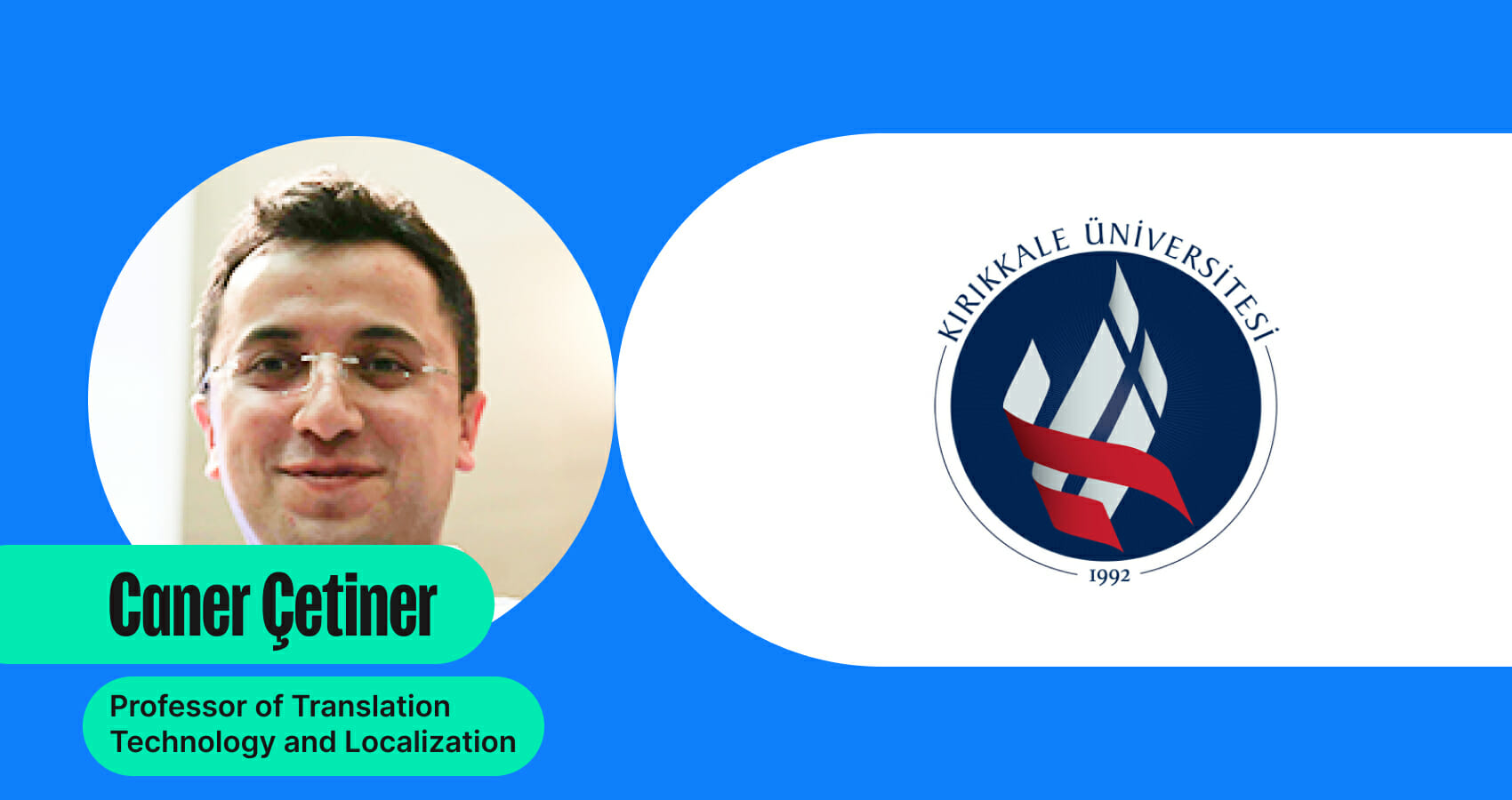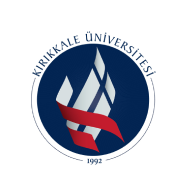Integrating Translation Technology at Kirikkale University

Kirikkale University is located in Kirikkale, not far from Ankara, the capital of Turkey. Approximately 30,000 students attend the university and have the option to choose an undergraduate degree in English Translation and Interpreting.
Caner Çetiner is a part-time professor of translation technology and localization, and has been using Phrase TMS for 8 years. He began using Phrase TMS to teach in the classroom since Kirikkale joined our Academic Program in 2014.
Kirikkale University
Having access to translation technology tools is of great importance for translation students… Fortunately, Phrase, which is a computer-aided translation (CAT) tool, offers a free academic plan to the translation departments of the universities since 2012.

academic
Translation technology in the classroom
Kirikkale uses the Phrase TMS Academic license in 3 classes across the university: Computer-Aided Translation Technology, Translation Technologies, and a Localization course. The department of English Translation and Interpreting has about 40 graduates each year.
Recently, Caner Çetiner authored a chapter on the Phrase TMS Student Certification Program within a book that focuses on project-based learning for translation students.
The chapter begins by exploring the idea of introducing translation technology tools to students while they’re still in the classroom. Çetiner (2021) notes that there has been a dramatic change regarding the types and number of tools used before, after, and during the translation process, which is certainly true when you consider the entrance of CAT tools and machine translation to the industry.
Çetiner (2021) admits that there isn’t unanimity among professors on how translation technology should be taught, or which tools should be used, but concludes that it is better to teach students translation technology tools before they graduate and work in the translation industry.
The student experience
After reviewing several different historical approaches to translator training, Çetiner (2021) details his study on students using Phrase TMS in the classroom and participating in the Phrase TMS Student Certification Program. The study participants included 91 students from the fall semester of 2019 to 2020 who were working towards degrees in the English Translation and Interpreting Department. The students were spread across several grade levels and submitted their answers anonymously.
Çetiner (2021) designed an open-ended questionnaire to reveal the thoughts of students learning Phrase TMS for one term-period and briefly exploring other CAT tools. He stresses that students seem to agree that learning translation tools in the classroom is an important element of their education, but appear a bit overwhelmed by all the tool options and undecided on how many they should be learning.
The Phrase TMS student certification program
Next, Çetiner (2021) focuses on the Phrase TMS Student Certification test and gives the number of students that took the course and participated in the Phrase TMS Student Certification test. Of the 91 students polled, 81 took the test and 12 passed it successfully. Then, Çetiner (2021) asks students about their impressions of the organization of the certification program. Answers of the students to this question revealed that students know having the opportunity to learn translation technology tools in the classroom is a huge advantage for entering the professional translation industry. Having a certificate proving that expertise can be an additional leg up on the competition.
Looking forward
Çetiner (2021) adeptly notes that the lecturers in the translation departments are generally hesitant about the selection and the number of tools to teach in the classroom. Although the right answer probably changes based on the focus and length of each course, incorporating technology is something that every lecturer should consider. Dwelling on this issue, Çetiner (2021) offers some advice by concluding that more is not always the better when the number of tools is considered. Hence, it is better to learn the basic principles and core logic of these tools.
With an intuitive interface and low learning curve, Phrase TMS seeks to deliver that core logic and functionality of a high-level CAT tool, while being appropriate for students and professionals alike.
A previous survey by Şahin (2013), which focused on students’ opinions on translation technology, revealed that the high cost of translation technology tools was among the top barriers to students using the tools. But Çetiner (2021) underlines that the free academic edition helps students break through this barrier.
The academic license from Phrase TMS allows students like Çetiner’s to have the opportunity to learn a translation technology tool and better prepare for the professional translation job market. The Student Certification Program gives them an opportunity to test those skills and further identify themselves as knowledgeable and successful future employees.
References
Çetiner, C. (2021). Evaluation of the memsource student certification program within the scope of the project-based learning approach in translation studies. In. D. Tuna & M. Kuleli (Eds.), Interdisciplinary Debates on Discourse, Meaning and Translation (pp. 295-311). Ankara: Anı Yayıncılık.
Şahin, M. (2013). Technology in translator training: The case of Turkey. Hacettepe University Journal of Faculty of Letters, 30(2), pp.173-189.